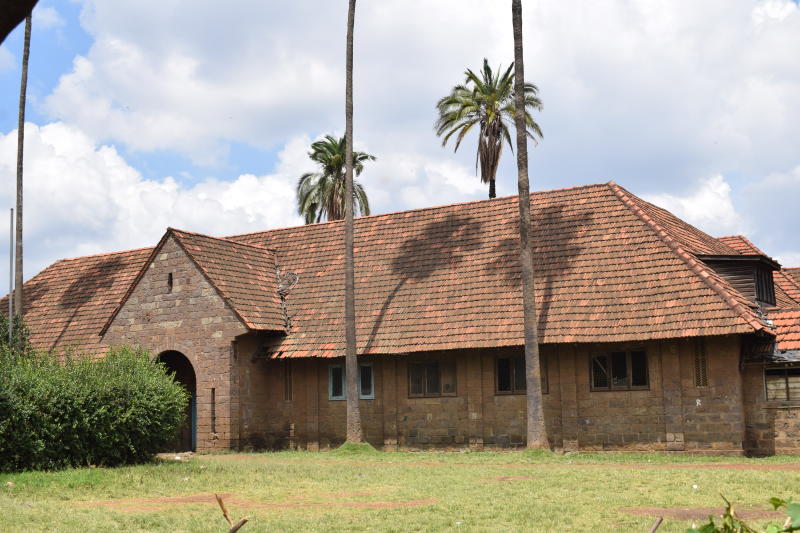×
The Standard e-Paper
Home To Bold Columnists

That the streets are mean and violent is evident as signified by the towering mast, which is dwarfing the rundown bungalows with their unkempt hedges and tattered tarmac.
The signature of the status of the rundown suburban is inked on the rusted poster nailed on a dying tree inviting children for lessons on street defence.